If you’ve ever tried to drag race at a red light, you already understand the spirit Dodge intended for the Charger Daytona EV. But as one owner recently learned on a cross-Canada road trip, it can’t outmuscle a stubborn charging station despite the name.
Our protagonist, James Harold Andrews, decided to test both man and machine on a journey from Ontario to Newfoundland. Somewhere between hope and Halifax, things started to fray. He turned to a Facebook group to share his frustration:
“Sorry for the long-winded post, but I’m pretty frustrated with this trip. I’m driving from Ontario to Newfoundland across eastern Canada in my Scat Pack, and I’m honestly starting to believe all the naysayers and wondering why I even attempted this. Every single charge stop has come with some kind of issue, either the charger doesn't work at all, I can’t get it to release from my car, or the charging takes up to 2.5 hours.
Here’s what really confused me today: I stopped at an Electrify Canada station with 6 chargers. One guy was charging his ID.4 at charger #5. I tried chargers 1 through 4 while he was charging, going through the full process on each, and every single one gave me a charging error.
I was about to leave when the guy struck up a conversation. He told me he set up the app to use ‘plug and play’ and never had a single issue since. So I set up the app too, then tried charger #4 again, same error.
I was ready to give up and try another station, but he said, “Hey, try #5, it’s working.” So I gave it a shot, used the app, and charger #5 worked just fine. I figured maybe the other four were just down. But then, while I was charging, three other cars came and went using those same chargers, and none of them had any issues.”
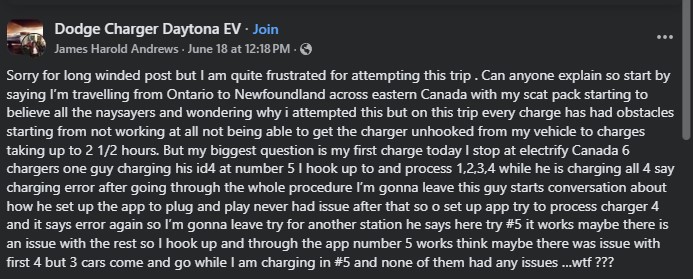
It’s the kind of story you’d expect from someone driving a prototype, not a production vehicle. But this is where we are with EVs: a landscape still under construction, where success sometimes hinges on app settings and the charger randomly choosing when to work. And yet, this isn’t a knock on Dodge or the Charger Daytona EV. When it works, it works magnificently. This car rips pavement in complete silence, until the synthetic growl kicks in, and handles like Detroit took a long, hard look at Stuttgart and said, “Hold my beer.” But when you’re hunting for charging stations instead of apexes, the romance fades.
2025 Charger Daytona EV Battery & Charging Performance Specs
- It packs a 100.5 kWh Li-ion battery delivering an EPA-estimated 241 miles for the 670 hp Scat Pack and 308 miles for the 496 hp R/T model
- Using a Level 3 DC CCS fast charger, it can jump from 20 percent to 80 percent in just over 27 minutes at a peak rate of about 183 kW
- With its 11 kW onboard AC charger, it can draw the full 48 amps from a 240 V Level 2 supply, adding roughly 9 percent of battery capacity per hour
- Real-world testing showed an efficiency of 3.5 mi/kWh, indicating the Daytona EV could exceed 300 miles of range under optimal conditions
The inconsistency is what really galls. Andrew’s Charger Daytona refused to communicate with four of six Electrify Canada chargers. Meanwhile, other EVs, including the ID.4 beside him, plugged in and juiced up with no complaints.
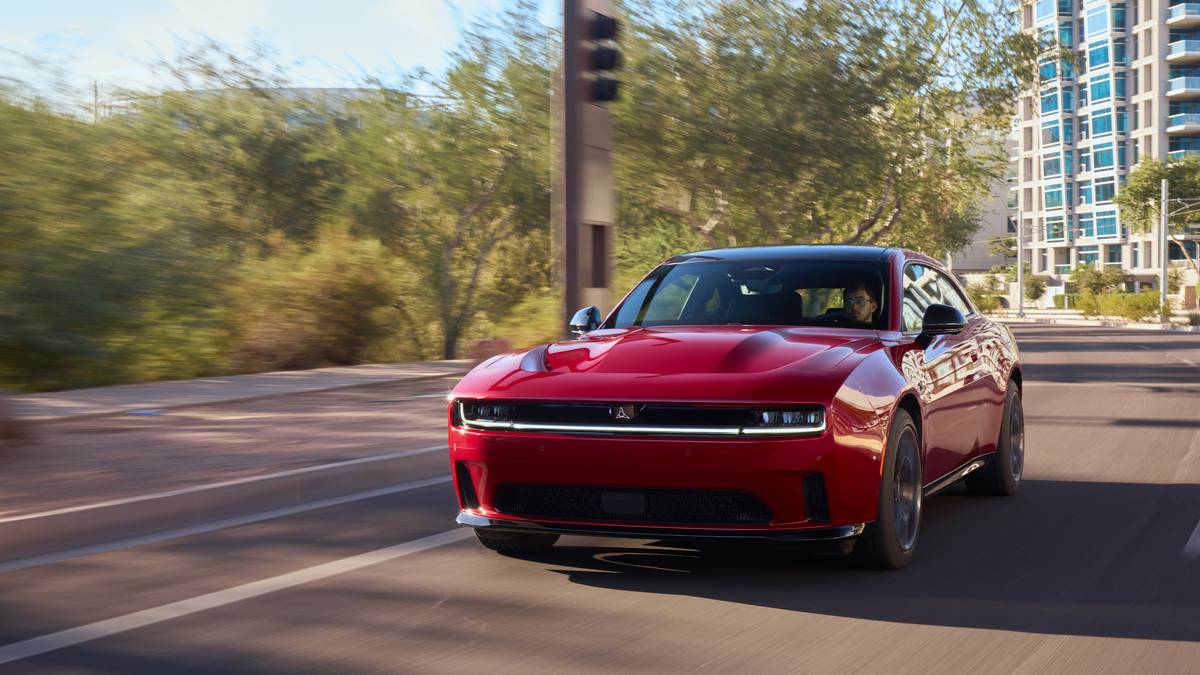
That inconsistency, not the occasional delay or even the long charge times, is the existential dilemma here. Waleed Riaz, another member of the Daytona EV group, laid it out like a troubleshooting bible: press unlock before plugging in, plug before app activation (where allowed), and always favor networks like ChargePoint or FLO, which have better uptime and simpler interfaces. It's not just charging, it's choreography.
And then there's the community. If nothing else, this moment of distress showed just how willing Charger Daytona EV owners are to help each other.
Community Insights & Owner Perspectives on Charger Daytona EV Charging
Alex John Barrett offered perspective:
“Attempting this without testing the car on all charging networks and without Tesla access would be difficult for anyone.”
Others like David Bradshaw, who once had to get a rental car mid-trip when his Daytona wouldn’t accept a Level 3 charge, echoed the theme: the car is thrilling, but the infrastructure isn’t quite ready for its ambitions.
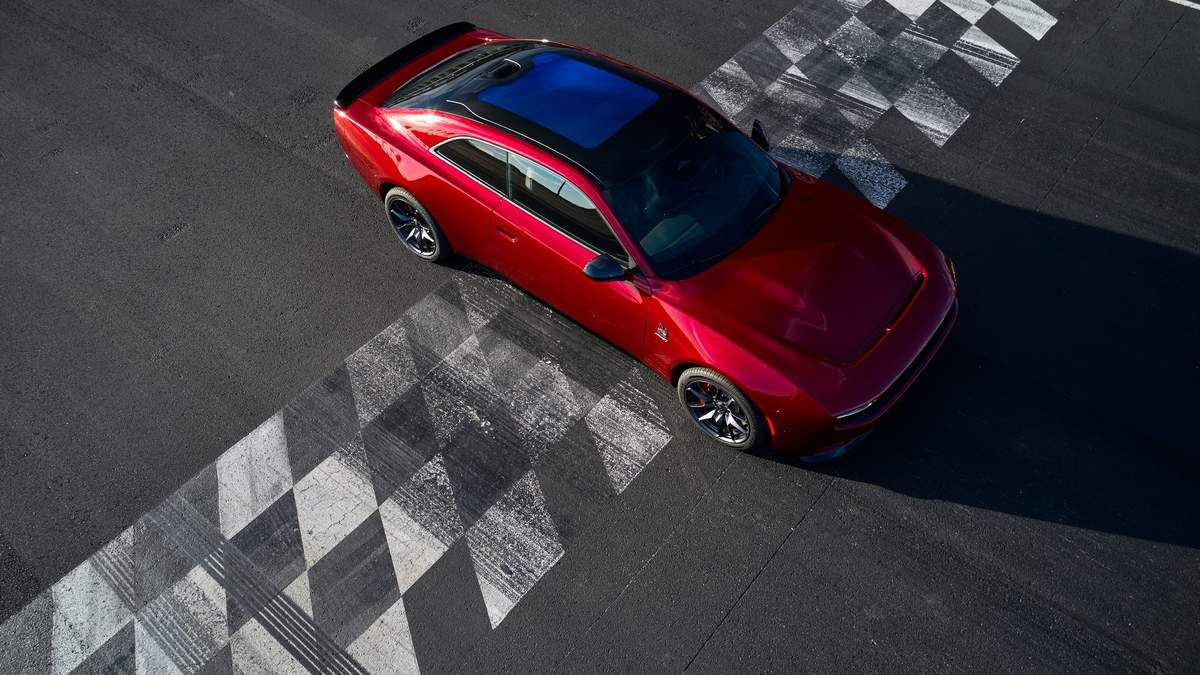
All of which raises the question: Who is this car really for right now? It’s certainly not for the faint of heart or the impatient. The Charger Daytona EV is a halo car, a concept made real. And yes, it is good in the snow, or so we’re told by another commenter, Will Keleher, who threw that question into the thread like someone asking if a Hellcat can tow a canoe.
2025 Charger Daytona EV Trim Pricing, Power, & Dimensions Guide
- The R/T trim has a starting MSRP of $59,595, while the Scat Pack begins at around $73,985
- Both trims feature a dual-motor, all‑wheel‑drive setup driven by a 100.5 kWh battery. The R/T delivers 496 hp with 0‑60 mph in ~4.7 s, and the Scat Pack peaks at 670 hp, reaching 0‑60 mph in about 3.3 s (with a 40 hp “PowerShot” boost) .
- The R/T offers approximately 308 miles, while the Scat Pack is rated around 241 miles
- Styled as a sleek liftback with seating for five, the Charger Daytona shares its STLA Large platform, featuring hatchback cargo capacity and a spacious interior; wheelbase is about 121 in, length ~206.5 in, width ~79.8 in, and height ~59 in (based on Scat Pack coupe)
Still, the problems Andrew ran into aren’t fatal; they’re transitional. Much like early fuel-injected cars had their teething problems or carburetors demanded prayers and profanity, EVs have entered that awkward middle phase. The Daytona itself isn’t to blame. Nor is Electrify Canada alone. The ecosystem is still catching up to the expectations set by these new, high-performance EVs. As it stands, the road is ready for the Charger Daytona EV, but only if the charging network can keep up.
Andrews is still out there, crossing provinces with a suitcase full of apps and a heart full of torque. His journey is frustrating, yes, but also important. He’s proof that even muscle car die-hards are willing to go electric, if the experience can meet them halfway.
The Charger Daytona EV is a rolling revolution, wrapped in American bravado and battery cells. The only thing holding it back? The same thing that used to plague the first cross-country trips in gas-powered cars: finding the next place to refuel.
Image Sources: Dodge Media Center
Noah Washington is an automotive journalist based in Atlanta, Georgia. He enjoys covering the latest news in the automotive industry and conducting reviews on the latest cars. He has been in the automotive industry since 15 years old and has been featured in prominent automotive news sites. You can reach him on X and LinkedIn for tips and to follow his automotive coverage.



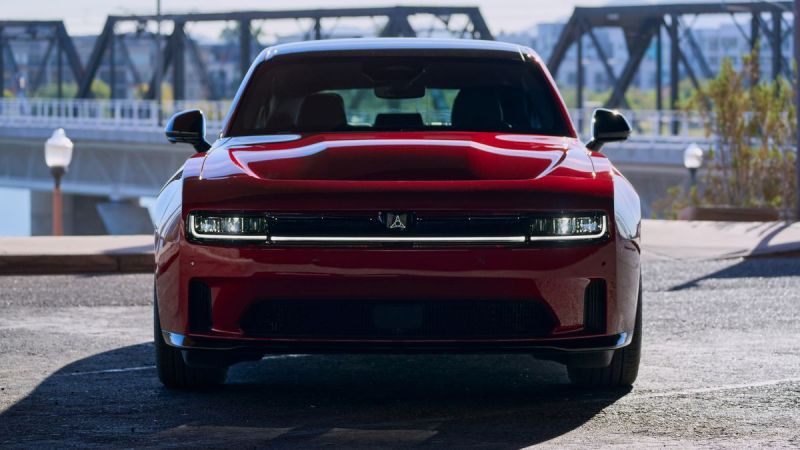




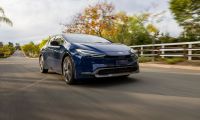
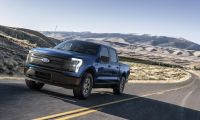

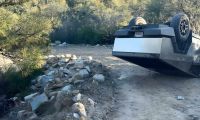

Comments
The Charger Daytona is the…
Permalink
The Charger Daytona is the issue in this story, it's 5 year old technology. Kind of like making a dumb car instead of a smart car. Not sure why anyone would but one after seeing the reviews?
It's true that EV technology…
Permalink
In reply to The Charger Daytona is the… by Dean (not verified)
It's true that EV technology is evolving incredibly fast, and what's cutting-edge one day can feel different the next. However, the Charger Daytona still offers a unique blend of performance and style that appeals to many, and the experience of driving it is quite something. Thanks for sharing your thoughts!
Charging in Newfoundland is…
Permalink
Charging in Newfoundland is superior to Nova Scotia - which is better in New Brunswick honestly.
It's always helpful to hear…
Permalink
In reply to Charging in Newfoundland is… by Christophe Antoine (not verified)
It's always helpful to hear about the nuances of charging infrastructure across different regions, and it sounds like you've got some great first-hand experience. Thanks for sharing that detail about Newfoundland, Nova Scotia, and New Brunswick!